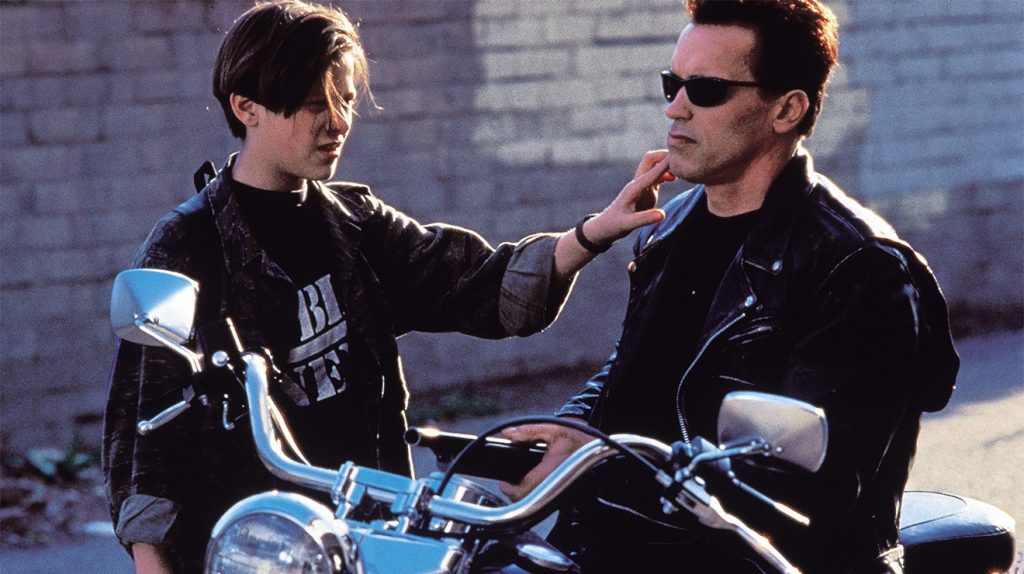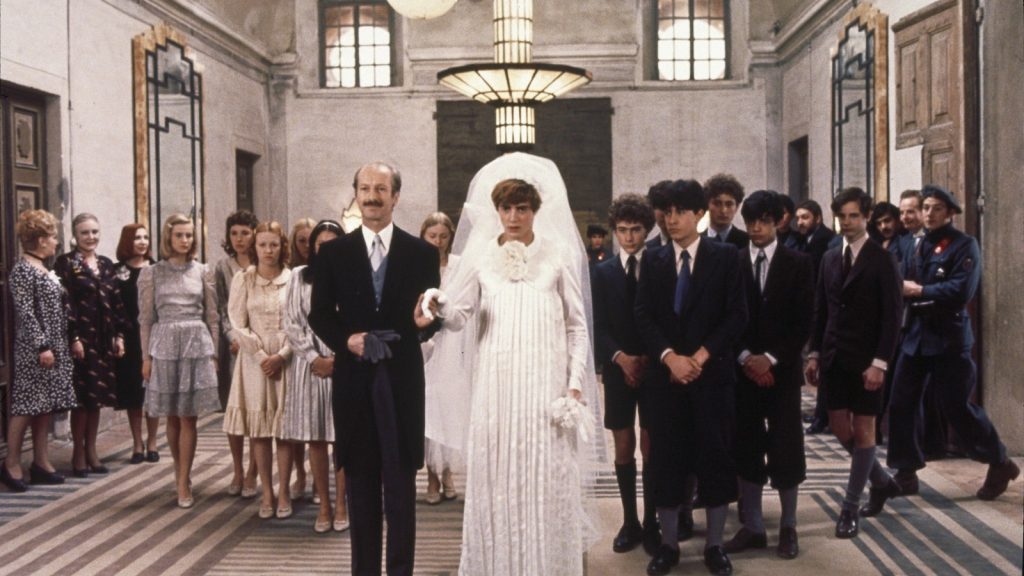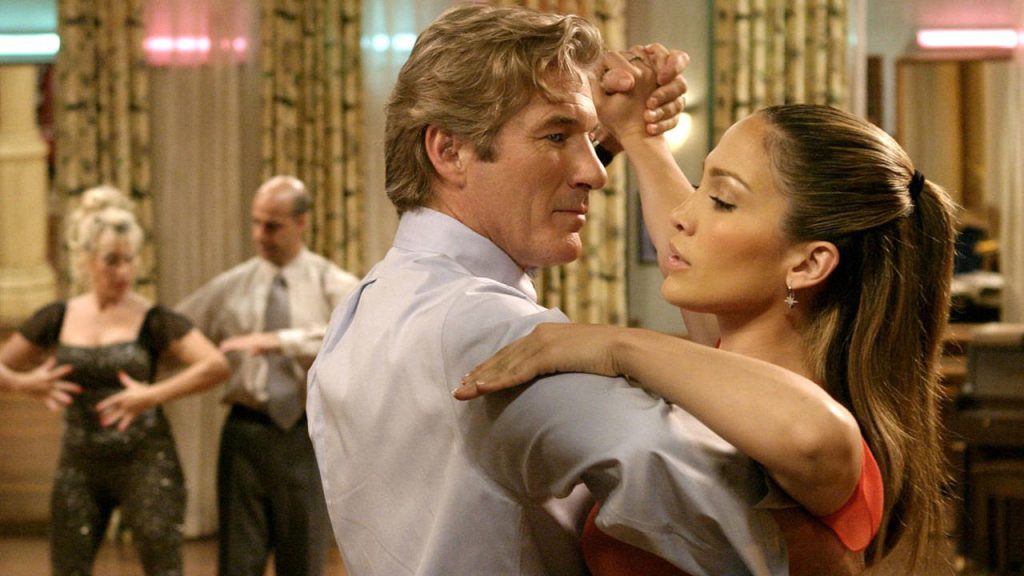As film criticism has expanded past the opinions of hegemonic white men, a certain argument keeps playing out: Does discussing the work of an actor automatically require discussing their physicality, their bodies, and how they look? It’s a valid question after certain critics’ reviews of Incredibles 2 reached infamously gross status by focusing on the Holly Hunter-voiced Elastigirl’s “big derriere” and comparing her animated physique to Fifty Shades of Grey, and after a Promising Young Woman review that compared Carey Mulligan and Margot Robbie was criticized by Mulligan herself, and after various corners of Film Twitter argued over a Black Widow review that dared to describe Scarlett Johansson’s voice. There is an understandable desire here to divorce how a woman looks onscreen from, say, fetishization or objectification, and to guard her from a sneering leer. Does a discussion of whether Incredibles 2 is good or not strictly require a mention that Elastigirl has a sizable donk? Probably not.
But to entirely dismiss how an actor looks feels shortsighted, too, especially when movies are purposefully engineered to draw our gaze, and to invite us into a world that is meticulously designed, arranged, and composed to be gazed upon. An actor’s body is an invaluable tool in their performance arsenal, and how they walk, lean, dance, look, emote, eat, talk—all of that, too, is singular, and it is work. So maybe we’re not exactly supposed to talk about people’s bodies anymore, but some movies demand it. Terminator 2: Judgment Day is a film entirely preoccupied with the corporeal form—and to ignore what James Cameron’s sequel suggests about the utility of the human body would be missing the entire point.
The sci-fi and horror films of the 1980s were obsessed with the human body: with its transformational capability (David Cronenberg’s The Fly, Joel Schumacher’s The Lost Boys), with how our inner turmoil was reflected externally (Stanley Kubrick’s The Shining, Clive Barker’s Hellraiser), and with its potential for ill-intentioned mimicry (John Carpenter’s The Thing, James Cameron’s The Terminator). In her book Film, Horror, and the Body Fantastic, author Linda Badley described the decade in genre as “imagining the self in transformation, re-gendered, ungendered, and regenerated, or even as an absence or a lack … through shock, transposition of the senses, intense feeling, and special effects. … By the mid-1980s, horror had changed from a norm-affirming genre that had offered imitations of immortality into a carnival of the perverse.”
Cameron, who had a particularly prolific decade of writing, producing, and directing, wasn’t exclusively making horror movies in the 1980s. He worked as a miniature builder on Battle Beyond the Stars under Roger Corman, from whom “he got a lot of his film education,” actor Michael Biehn told journalist Joann Rhetts for a July 1986 Knight-Ridder News Service profile of Cameron. He worked on visual effects for Escape from New York (which The Wall Street Journal in 2013 said “have helped preserve the film’s considerable entertainment value”), and wrote the screenplay (its original iteration, anyway) for Rambo: First Blood Part II (“a crudely effective right-wing rabble-rouser,” according to The Washington Post).
But Cameron’s most iconic films of the decade also reflect a certain pattern: How pushed to the limit can the human body be? In The Terminator, with Arnold Schwarzenegger’s hulking bulk turned into a vessel of unstoppable menace. In Aliens, with human colonists used as Xenomorph incubators. In The Abyss, in which a SEAL team and scientist were trapped deep underwater and adapted to the pressurized effects on their bodies in order to survive. And when Cameron delivered Terminator 2: Judgment Day in 1991, everything about the film—from its script to its characters to how the actors look—revolved around pushing that question further: What is inimitable about our physicality, and what is distinct about our humanity?

Metal can be fashioned into bones; some synthetic material can be plastered on as skin; glowing red retinas can be hidden behind squishy fake eyes. But sadness? Machines can’t cry. A woman can shuck off her former naivete, can train herself to be lean and hard and ruthless, and can tolerate all kinds of mental and physical abuse. But her son? Her son is a vulnerability that she can’t reconcile. “You’re really real! You’re like a machine underneath, right? But sort of alive outside?” Edward Furlong’s John Connor asks Arnold Schwarzenegger’s Terminator, and “sort of alive” is a descriptor that applies to more than just the cyborgs in this universe. It applies to the people, too.
*
“The delusional architecture is fairly unique.”
When The Terminator ended, Sarah Connor (Linda Hamilton) had learned from her time-traveling lover Kyle Reese (Biehn) that their son John would serve as humankind’s last hope against the army of machines created by Cyberdyne Systems’s Skynet defense network. That’s a lot to put on a college student and part-time waitress who then watches her lover die, kills the Terminator cyborg trailing her, and hits the road while pregnant with the military leader who might save the world. Sarah at the conclusion of The Terminator is in the midst of more than one evolution, and the film’s events take a physical, mental, and emotional toll.
Terminator 2 begins by reminding us of the threat that has so galvanized Sarah. A future war between a raggedy group of remaining humans and a crushing force of cyborgs plays out amid an endless sea of skeletons, with pew-pew flashes of red laser beams crisscrossing the opposing sides. Two entities have been sent back in time, Hamilton’s voiceover narration informs us, with one tasked with killing John before he grows up to lead the Resistance, and the other with keeping him safe. We go back in time, too, to Los Angeles in the mid-‘90s. John (Furlong) is a troubled kid who steals, fights with his (admittedly negligent) foster parents, and is resentful toward his mother, who has been institutionalized. They spent his childhood traveling around Latin America, with Sarah insisting to him that the Terminators, his future, and her relationship with Kyle were all real—and John doesn’t believe any of it.
What would it take to convince John? Terminator 2 provides evidence in the form of its characters’ bodies, and in the truths they hold. In a clever opening bait and switch, Schwarzenegger’s Model 101 Terminator seems like the one hunting John, while Robert Patrick’s T-1000 model seems to be the protector. Each character is introduced nude, manifested out of sparkling blue lightning and deposited in this timeline in a crouching, ready-for-action pose. While the massive, imposing Terminator (whose naked form is appreciated by a few women he walks by) takes out a whole bar of patrons to secure the clothes, shoes, and motorcycle of a biker, the slimmer, wiry T-1000 outfits himself in a police officer’s uniform. As each of them hunts for John, the former is brusque and direct, the latter polite and friendly. Surely the “protect and serve” figure is the one actually meant to protect and serve John, no? (If you weren’t paying attention to the long racist and sexist history of the U.S. police department, in particular that of Los Angeles, that is.)
*
“If you can’t pass for human, you’re not much good to us.”
It is one of modern action’s greatest twists that the Model 101 switches sides to protect John in Terminator 2, and the impact of that narrative choice is exhibited in the different demands upon Schwarzenegger’s body, and the results they reveal in his performance. His posture, whether standing guard outside a hotel room door or sitting upright on a motorcycle speeding away from a pursuing 18-wheeler, is as rigid and disciplined as ever. His body? Acrobatically positioned always toward John as a shield, a guard, or a barrier, helping to create a bond with the boy who yearned for years for a father. His line delivery? Mostly monotonous, but with an undercurrent of liveliness that gives humor and satisfaction to his new catchphrase “Hasta la vista, baby.” The reveal that the Model 101 cannot cry—but that it wonders at what causes the physical manifestations of human emotion, and ultimately feels them, too—sets up an interiority that was absent from The Terminator. And the character detail that the Model 101 learns more about how to be human by being around humans raises classic sci-fi questions about cause and effect, free will and determinism. This square-jawed, broad-shouldered figure wearing a bullet-riddled leather jacket and black sunglasses and strapped with an array of guns, coming up with the phrase “Chill out, dickwad,” is ludicrous but effective—as good an example of the fine line between nature and nurture that this franchise has to offer.

But the reconfiguration of the Model 101 character is just one component of what Terminator 2 is saying about how our bodies serve as conduits for the delineation between fate and choice, and between artifice and authenticity. Was Sarah fated to become John’s mother, and if so, was she fated to become a stone-cold badass who stands alongside Sigourney Weaver’s Ripley as a Strong Female Character™? Sarah is unrecognizable at first, with a curtain of long hair, a white tank top, and a glistening sheen of sweat coating her body as she does one pullup after another in her hospital cell. She moves quickly and confidently, whether leaping with a broken-off broom handle toward an abusive guard, holding a poison-filled syringe against her doctor’s neck, or loading and shooting a shotgun with one arm.
How Hamilton’s body changed for this new version of Sarah Connor is key to our understanding of this hardened, resilient, and resolute Sarah, and it juxtaposes well with the character’s brief bursts of doubt or vulnerability. To discuss her arc without addressing the physical alteration from the frizzy-haired, diner-outfit-wearing Terminator version of the character would be an incomplete analysis. That’s not to say that all conversations about Hamilton’s body when the film came out were particularly nuanced: a Washington Post profile by Rita Kempley described her as a “fitness convert” and “size 2 tough gal” with “lips plump as plums.” That last line is kind of gross! But how Hamilton wields Sarah’s practiced, precise physicality is an essential component of how Terminator 2 emphasizes the humanity-ending threat of nuclear war: Sarah has to be ready to protect her son.
And the moments of humanity that the Terminator and Sarah display, even in their brawnier forms, counteract Patrick’s sly, subdued performance as the malleable liquid-metal T-1000. On the one hand, the damage that his body can absorb and bounce back from—gigantic, mushroom-like chest explosions, chopped-off limbs, his skull cleaved in two—helps the T-1000 maintain a human façade. Unlike the Model 101, his skin doesn’t flake away, and his skeleton isn’t cable, metal, and wire. On the other hand, the T-1000’s ability to mimic the physical appearance of any person with whom it comes into contact underscores the human intangibles it misses. It’s too blandly kind as John’s foster mother. It can’t hold a conversation as the security guard at Sarah’s hospital. It can mimic Sarah, but not so much that it fools her son. When Sarah rails against Cyberdyne genius Miles Dyson (Joe Morton) for his work on Skynet, what she’s really making an argument for is human over artificial life, and a future for John and humanity rather than one for machines like the T-1000: “You think you’re so creative, but you don’t know what it’s really like to create something, to create a life, to feel it growing inside you. All you know how to create is death and destruction.”
It’s irony, maybe, that leads Sarah and the Terminator to kill the T-1000 by shooting it into a vat of molten steel that isn’t so different from the tornado of nuclear destruction of Judgment Day would bring. It’s Cameron’s interest in the body, definitively, that leads to the Terminator’s final act of metamorphosis: the self-sacrificial death that theoretically should stop Judgment Day by taking all future technology out of the hands of Cyberdyne Systems. Four sequels later, we know the story didn’t end there. But The Terminator franchise’s preoccupation on the overlaps between biological and engineered bodies and what each is capable of is a glimpse into the early creative influences that would lead Cameron to Avatar, and to another series of films poking at the same questions about how what we look like reflects or subverts who we are.
“Terminator 2: Judgment Day” is now streaming on Netflix.



